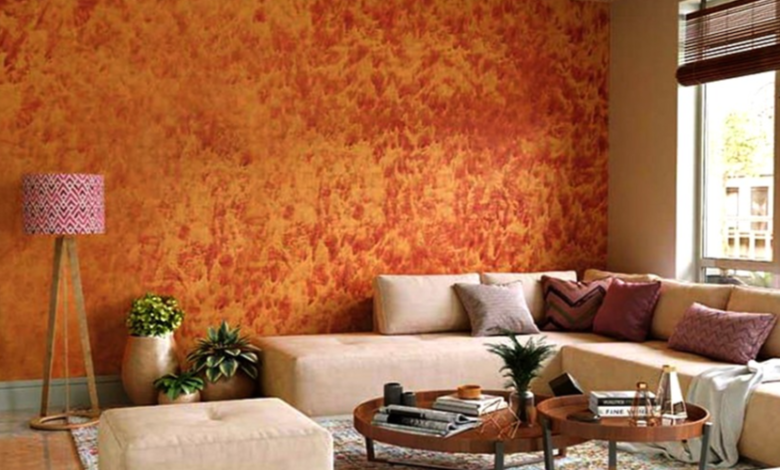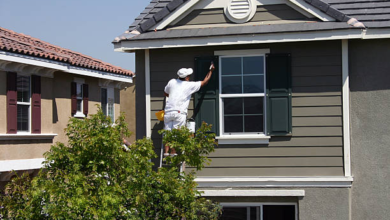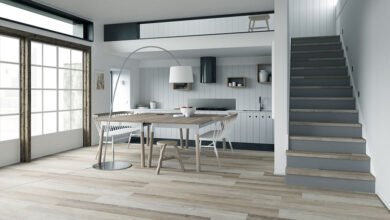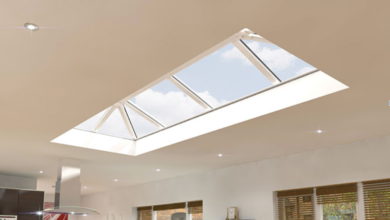Transform Your Space with Wall Texture Paint: A Timeless Trend in Interior Design

When it comes to redefining the look and feel of a room, nothing speaks louder than your walls. While plain painted walls have their place in modern design, more homeowners and interior decorators are leaning towards a more expressive and artistic solution—wall texture paint. This decorative finish adds depth, style, and personality to any space, going beyond basic color to create a tactile and visual impact that standard paint simply cannot deliver.
What is Wall Texture Paint?
Wall texture paint is a type of decorative coating designed to give surfaces a unique finish, often mimicking natural materials like stone, concrete, marble, or fabric. It’s commonly used in living rooms, bedrooms, accent walls, and even commercial interiors to add a layer of dimension and artistry. Depending on the product and technique, the finish can be subtle or bold, sleek or rugged, rustic or luxurious.
Unlike wallpaper or wall decals,wall texture paint is applied directly to the surface using brushes, trowels, rollers, or even sponges. This means the texture becomes part of the wall itself, offering durability and a bespoke look.
Why Choose Wall Texture Paint?
1. Unmatched Aesthetic Appeal
Wall texture paint turns your wall into a statement piece. Whether you want a modern concrete look or a traditional stucco finish, textured paint can match your vision. The layers and shadows it creates can change throughout the day depending on natural light, adding dynamic charm to your space.
2. Conceals Wall Imperfections
Cracks, uneven surfaces, or minor flaws in plaster can easily be hidden with the right textured finish. This makes it an ideal option for older homes where patching walls isn’t always a perfect fix.
3. Customizable to Your Taste
The variety of finishes available in wall texture paint means you’re not limited to one style. From smooth metallics to rough sandstone effects, you can find a texture that suits your design goals.
4. Adds Depth Without Overcrowding
If your space is small, adding physical décor might feel overwhelming. Textured walls give you that decorative element without cluttering the room. It’s a minimalist’s dream.
See also: The Benefits of Community Living: Advantages of Homeowners Associations
Popular Types of Wall Texture Paint
There’s no one-size-fits-all when it comes to texture. Here are some of the most popular options:
• Stucco Finish
A Mediterranean classic, stucco texture brings an old-world charm to interiors. It’s great for creating a rustic, earthy vibe.
• Sand Swirl
This technique uses sand-infused paint applied in a swirling motion. It adds a graceful, soft pattern, ideal for subtle elegance.
• Popcorn or Knockdown
Popular in ceilings but also used on walls, this texture hides imperfections and adds acoustic dampening. Knockdown is a more refined version of the popcorn look.
• Venetian Plaster
One of the most luxurious wall finishes, this technique uses thin layers of plaster to mimic polished marble. It reflects light beautifully and exudes sophistication.
• Metallic or Pearl Finish
For those who want a touch of glam, metallic textured paints add shimmer and depth. They work beautifully in accent walls and commercial interiors.
How to Apply Wall Texture Paint
While hiring a professional ensures the best finish, many homeowners opt for DIY. Here’s a basic outline of what the process involves:
- Preparation: Clean the wall thoroughly and repair any major cracks or holes. Apply a base coat of primer.
- Choose Tools: Depending on the desired finish, you’ll need brushes, trowels, rollers, or sponges.
- Apply Texture Paint: Use your selected tool and technique. Apply in sections and blend edges for a seamless finish.
- Let it Dry: Most texture paints need 24–48 hours to dry completely.
- Optional Sealing: For high-traffic areas or to enhance shine, a protective sealant may be applied.
Where to Use Wall Texture Paint
You can use wall texture paint almost anywhere, but here are some creative ideas:
- Accent Walls: Add depth to one side of the living room or behind your bed.
- Dining Rooms: Create a more intimate and luxurious setting.
- Hallways: Give character to long, narrow spaces without taking up floor space.
- Offices and Retail Stores: Make your business interior more inviting and professional.
Maintenance and Durability
Contrary to what some believe, textured paint can be quite easy to maintain. Most finishes are washable, and some are even resistant to stains and moisture. Regular dusting and occasional cleaning with a damp cloth are usually enough to keep it looking fresh.
For areas prone to dirt or touch (like hallways or kid’s rooms), opt for tougher finishes or add a transparent top coat for extra protection.
Cost Considerations
The price of wall texture paint varies based on type, brand, and the area you’re covering. While it may be slightly more expensive than standard wall paint, the value it adds to your space is worth the investment. On average:
- DIY kits can cost between $50–$150 for a small room.
- Professional services may charge $2–$5 per square foot depending on complexity and materials used.
Final Thoughts
In a world where personalization and home comfort matter more than ever, wall texture paint offers a unique way to bring life, depth, and style to your walls. It’s not just about color—it’s about creating a feeling. Whether you lean toward the raw elegance of concrete or the shimmering polish of Venetian plaster, there’s a texture paint finish that will resonate with your space and personality.
So next time you consider a makeover, skip the flat color and explore the artistic potential that texture paint has to offer. You might be surprised by how much one wall can transform an entire room.





